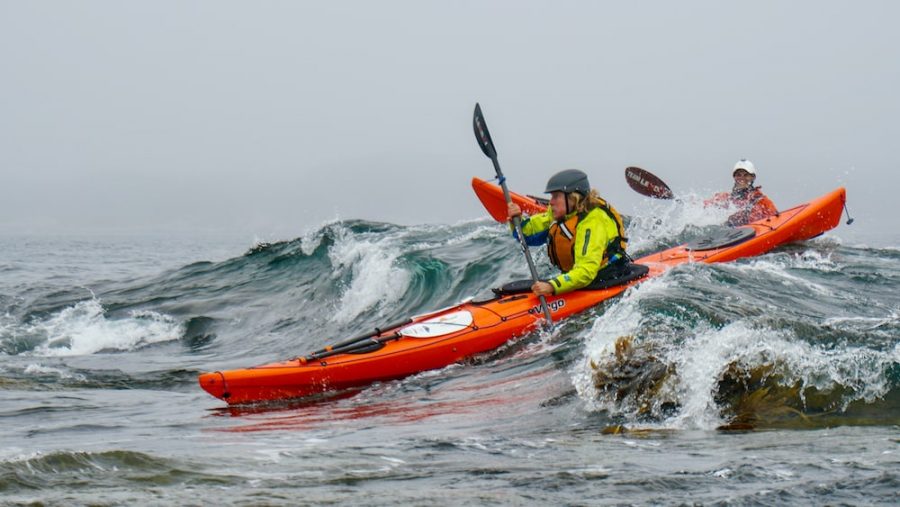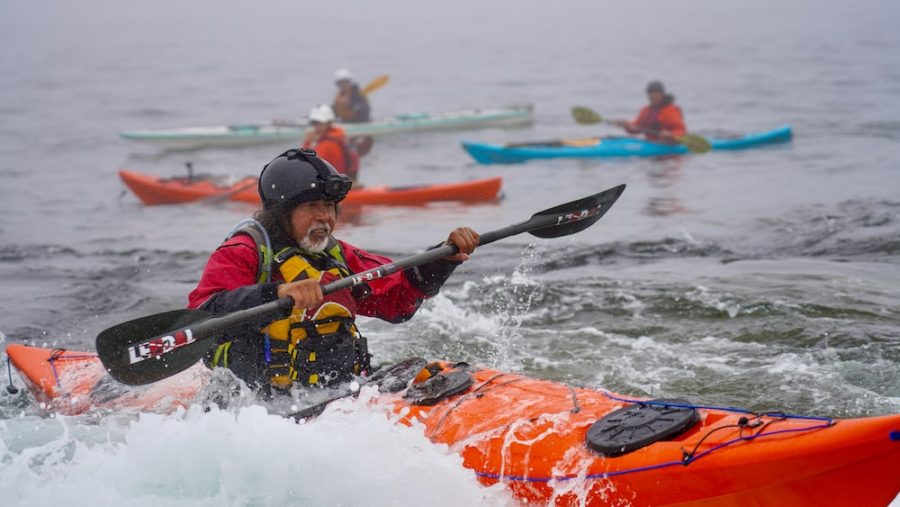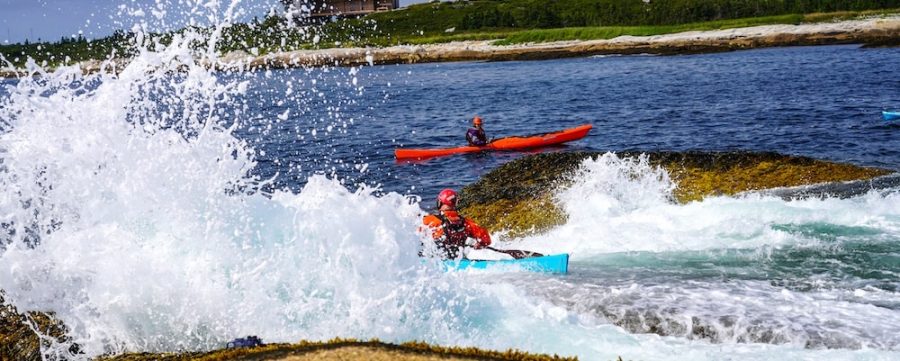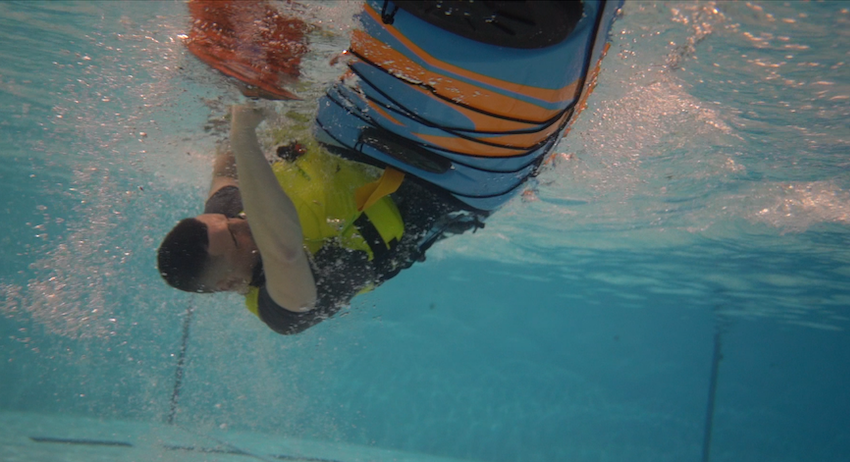This video series, titled ‘Lessons Learned’, will highlight things Christopher seas while he is on the water coaching and will give you some ideas to think about the next time you head out in your sea kayak. We hope that you will find them educational and that they help you get the most out of your days on the water.
Blade awareness will help take you’re paddling to the next level.
Understanding how your blade slices through the water will help give you more control in dynamic water. Have you ever found yourself “tripping” over your kayak paddle in challenging conditions? Well, taking some time to work on blade awareness will help you gain a better understanding and get the most out of your kayak paddle.
Key outcome:
- work on blade awareness in flat water
- Keep your wrist and forearm in line to minimize injury
- Allow time to develop this technique
- Get professional coaching to maximize your progression.
Lessons Learned






